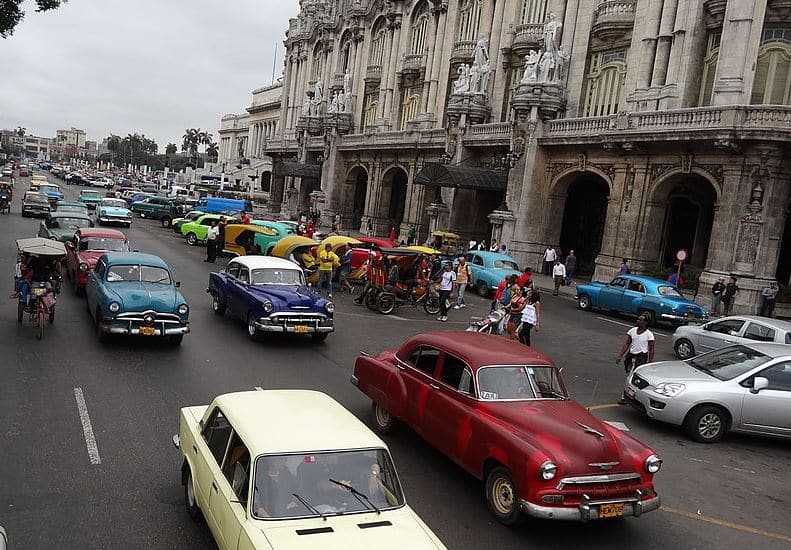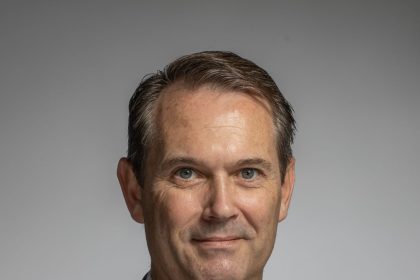Former CIA Official Knows Havana Syndrome is Real, Because He Has It

WASHINGTON — Just as the CIA was reportedly evacuating an intelligence officer in Serbia who had injuries consistent with Havana Syndrome, guests of Harvard University’s Intelligence Project were asserting that brain injuries from “a new form of asymmetric deniable warfare” aren’t just tricks of the mind.
Havana Syndrome is the moniker given to a range of symptoms resulting from a series of mysterious attacks which have affected the health of American intelligence officers since 2016.
As its name suggests, reports of the syndrome began in Cuba, first with CIA operatives and then affecting other government personnel and family members. Now over 200 — spanning every continent — have experienced symptoms from these analogous health incidents.
“American officials are being attacked overseas,” said former CIA officer Marc Polymeropoulos, himself formally diagnosed with traumatic brain injuries. Previously a highly decorated field officer and supervisor overseeing clandestine operations in Europe, Polymeropoulos claims ongoing health trauma related to Havana Syndrome forced his retirement in 2019.
According to Polymeropoulos, on an official visit to Moscow two years earlier, he “woke up to an extraordinary case of vertigo… [which] started a unique — and unfortunate — medical journey that continues to this day.”
Symptoms, which appear to be consistent across those affected, include headaches, disequilibrium, and feeling some kind of “blast wave,” as Polymeropoulos described it. While nothing particularly alarming could be seen during the incident, he said its effects have been incapacitating, and he was frustrated by the initial lack of support the CIA offered him and others.
“I can understand why people didn’t know what to believe,” said New Yorker journalist Adam Entous, who has been covering Havana Syndrome since 2018. “It’s hard to overcome doubt, especially since there is a lack of intelligence (data).”
And internal investigations have caused more anguish to those experiencing symptoms. A non-public FBI report in early 2018 claimed no evidence of an intentional sonic attack and suggested that Havana Syndrome could be a mass psychogenic illness, providing “ammunition to those already inclined to believe this was not real,” according to Entous.
Yet recently, the House passed the Havana Act — “Helping American Victims Afflicted by Neurological Attacks Act of 2021” — which specifically authorizes the CIA, the Department of State, and other agencies to provide payments to agency personnel who incur brain injuries from hostilities while on assignment.
“The Havana Act… seems to me a pretty strong admission that this is real,” Polymeropoulos said.
But admitting that these “exposure events” are happening is just the first step. The United States does not know who may be carrying out the attacks or how. And without more information, they are unsure what actions to take to counter them.
“The prevailing theory… is that individuals are hit with waves that travel through soft tissue into the cranial cavity,” explained Entous. “This accounts for the varying degree of effect that these waves have.”
Scientists are attempting to figure out more through reverse engineering.
“If it is a weapon, it’s definitely a terror weapon,” admitted Entous, who said the next problem was identifying which adversary to blame.
“The initial [reaction] to point the finger at the Cubans was premature given information that has come out since then,” he said. “Suspicion naturally falls heavily on Russia… but we haven’t seen the evidence that provides for high confidence assessments. If they don’t get a high-confidence assessment, it’s going to be hard for [American officials] to respond in any meaningful way.”
Meanwhile, the pace of the proliferation of Havana Syndrome is increasing.
“This is not an easy problem. At some point there is going to be an International Security Council meeting on what to do about this,” predicted Polymeropoulos. “We’re going to find out which adversary is doing this.”
Still, despite his frustration over the lack of information, he does believe some progress is being made. “From getting injured and not being believed… in times of despair and seeing other people being ignored… to the discussions [being held right now]… I do have a lot of hope that we’re on the right track.”
























